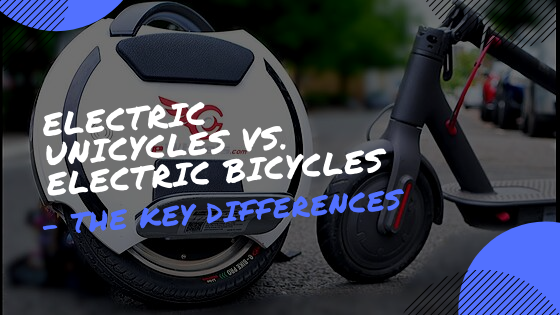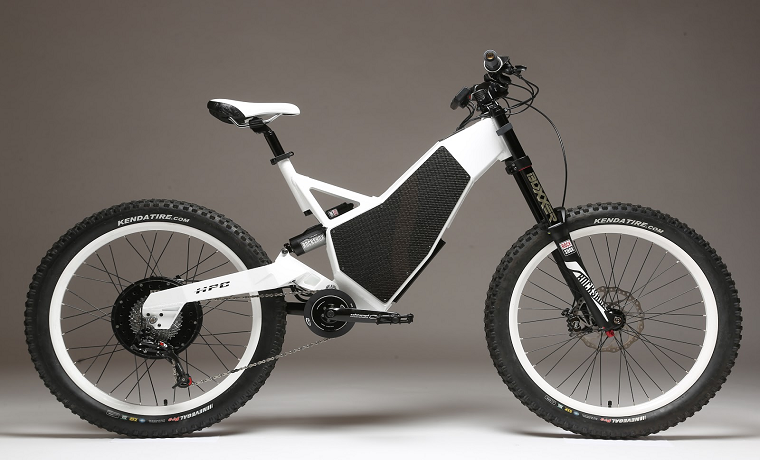Getting from A to B as quickly and easily as possible is always a priority. This is especially true if you happen to work in a city or town, and endure a lengthy commute both ways. While you can settle back and read while on the bus, train, tram or whatever public transport you use – if you’re lucky – it’s the walk from home to the bus stop, and then from the end of the journey to where you work that takes all the effort.
You might be one of those lucky enough to drive to work, and have an allocated parking space, but if not you may be interested to learn about portable electric vehicles. The electric bicycle is one of these, a great way of getting between places quickly and effortlessly, yet there’s another such vehicle that may just be better for the commuter: the electric unicycle. Let’s have a look at each, and talk about the key differences.

The Electric Bicycle
Electric bicycles are not a new idea. In fact, it’s fair to say they have been around almost as long as the traditional bicycle that we know today. The basic idea is you have bicycle – with pedals still – equipped with a small yet powerful electric motor. For climbing hills – or for any part of the journey – you use the motor. This means you don’t have to pedal.
With some electric bicycles, the batteries recharge by way of a dynamo when you pedal. You can also plug them in wherever you are and charge them. As with all electric vehicles, range is limited, but advances are being made in battery technology all the time. The electric bicycle is a useful device, but it suffers from being just about the same size as a normal bicycle, being bulky and quite heavy.
The Electric Unicycle
Forget the image you have of the tall, ungainly circus unicycle, on which you have to balance and pedal all the time to keep it upright. The electric unicycles we are talking about are very clever, small and capable devices that come with a range of different specifications and performance options.
These unicycles are self-balancing. This works by way of a series of gyroscopes and accelerometers that keep the machine balanced at all times. An electric unicycle is, in effect, a single wheel encased in a protective body, which also includes the electric motor. The body extends to a platform either side, on which the rider stands. The batteries are rechargeable by USB, and they are very compact and easy to carry.
What you have is the perfect device for the morning commute. Ride it to the stop, fold it away and carry it on the bus, and at the other end, place it down, hop on and ride to work. There are some great examples at this website which tells you all you need to know about electric unicycles.
The Major Differences
So, what are the key differences between the electric bicycle and the electric unicycle? Primarily, it comes down to two wheels vs. one. The advantage of the unicycle having only a single wheel is reduced weight and size, as the unicycle is far more compact. Being smaller and lighter, it requires less power to achieve greater performance.
For the commute, the unicycle wins hands-down as it is easy to carry – even on a crowded bus or train – and the fact it can be USB charged is also a bonus. Check out the range of electric unicycles and see if there’s one for you – they are not just practical, but great fun too!

